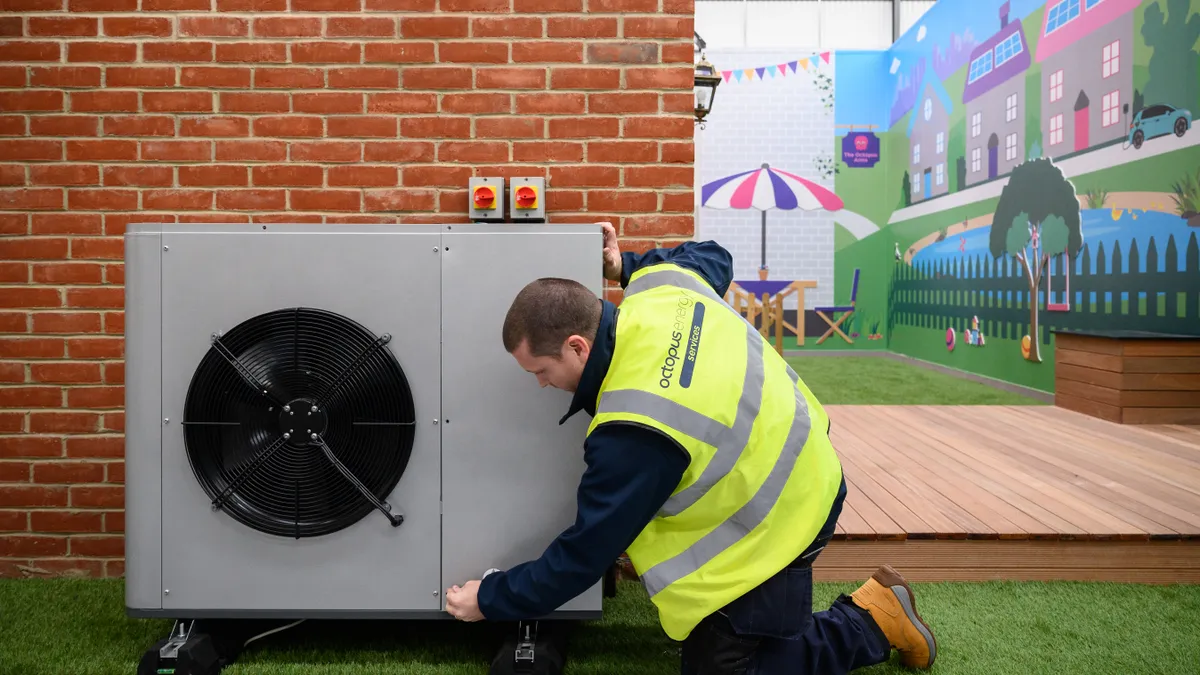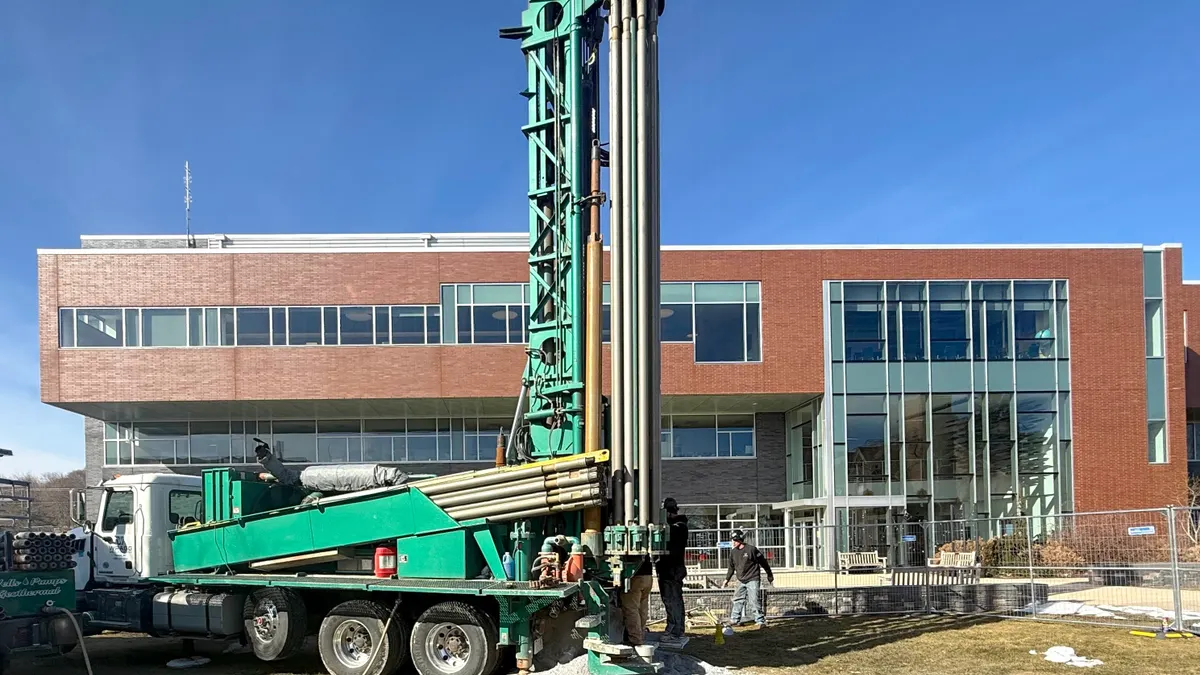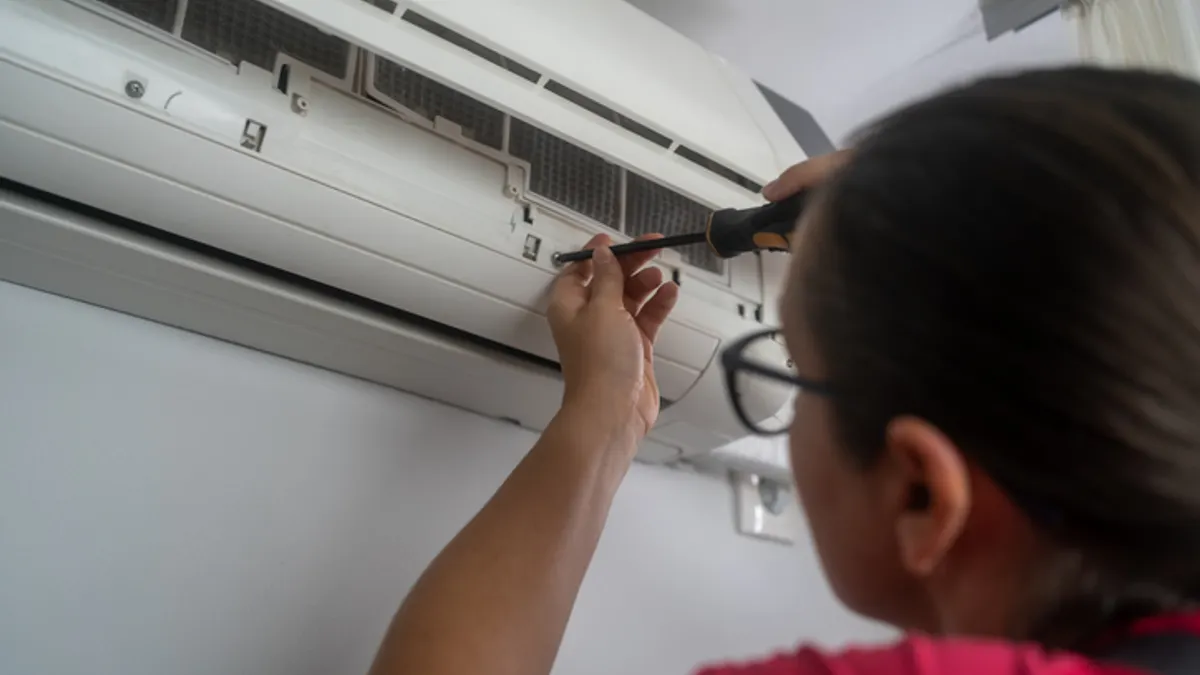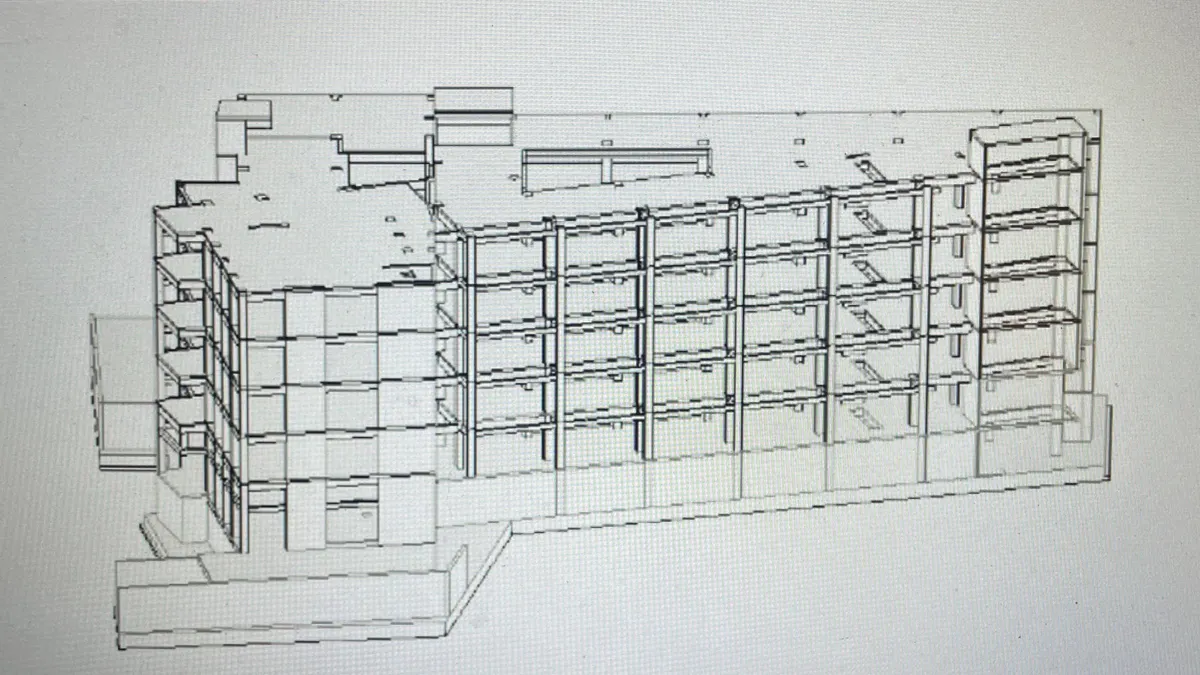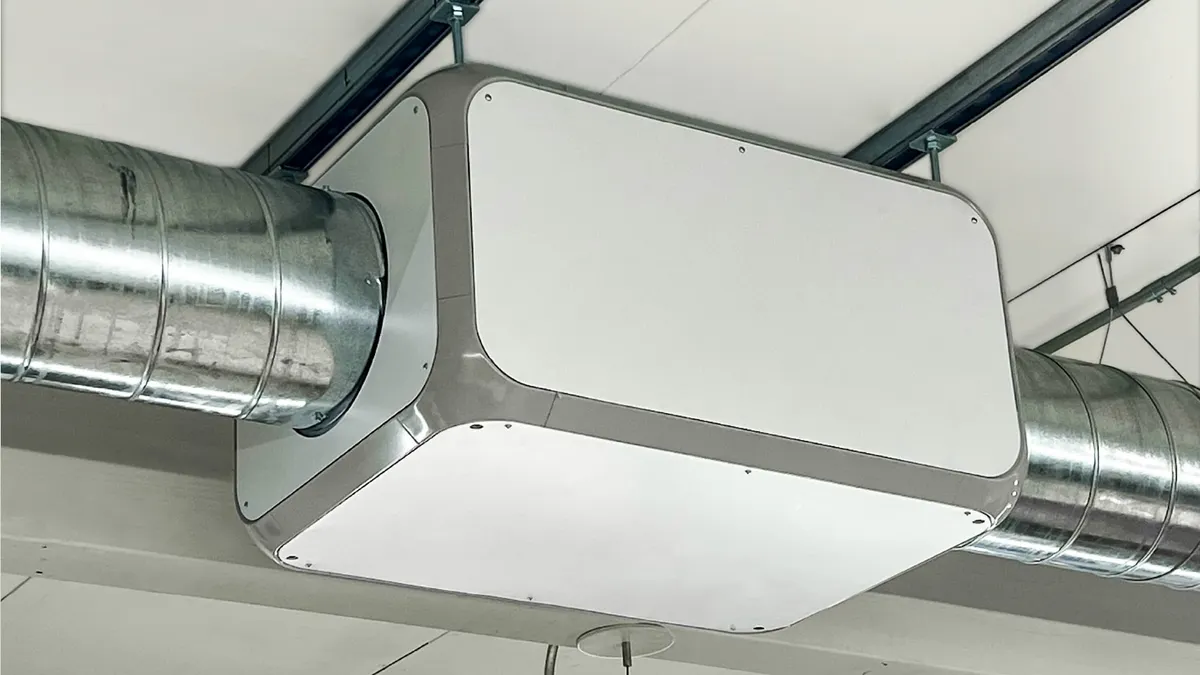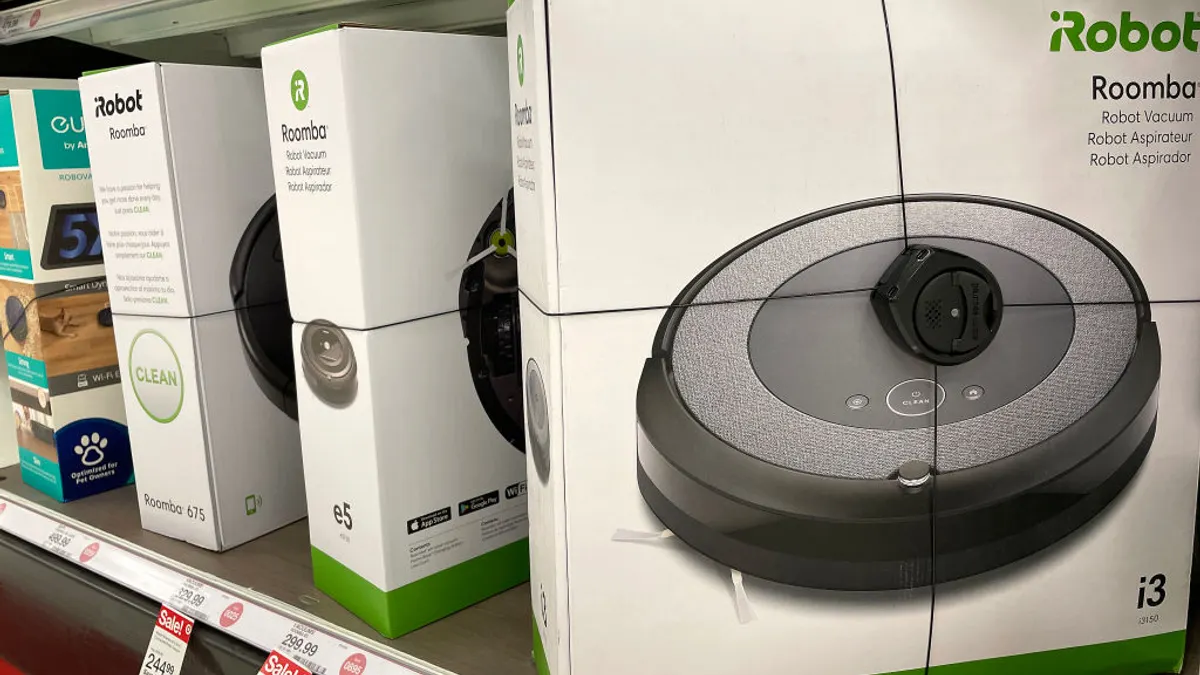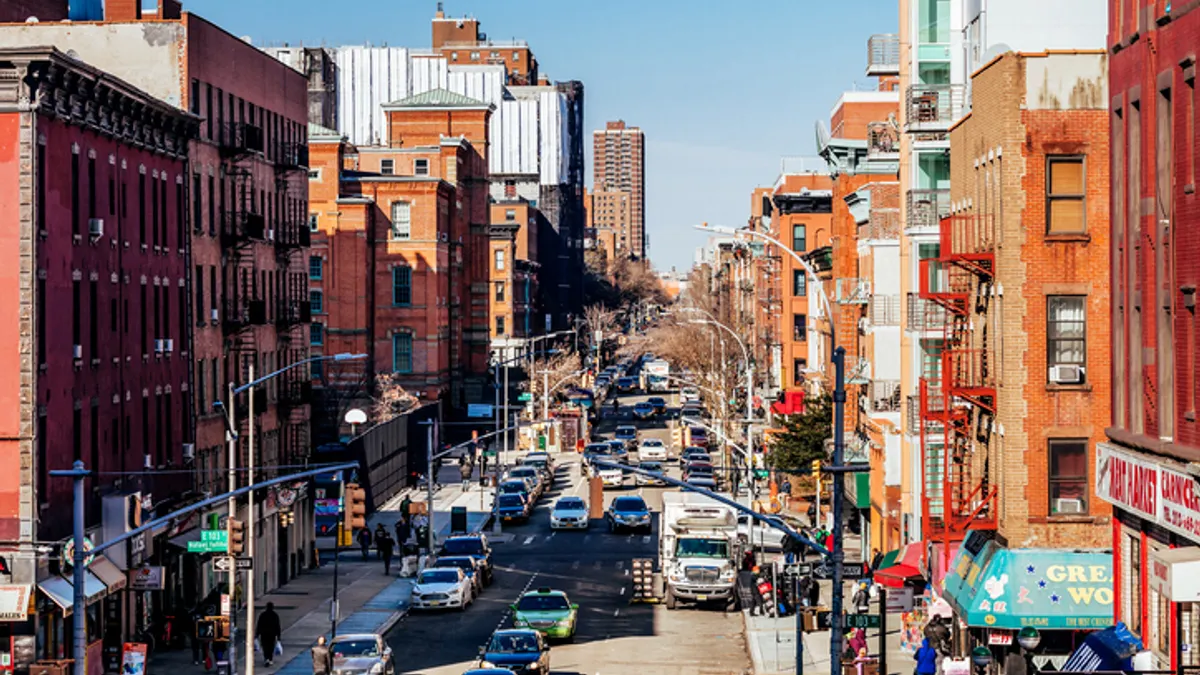Heat pump installations have been outselling gas furnaces consistently since 2021 and that’s expected to continue as manufacturers capitalize on the improved energy efficiency of their products, according to the Rocky Mountain Institute, a nonprofit organization serving the clean energy sector.
Despite some uncertainty in the HVAC market, driven in part by changes in the One Big Beautiful Bill Act, which phases out some federal incentives for energy-efficiency upgrades, heat pump adoption is set to continue expanding, specialists in the field say.
OBBBA, signed in July, curtails solar and wind incentives and ends the 25D residential clean energy tax credit and the 25C energy efficient home improvement credit after this year. The bill also implements a credit phase-down for Section 48E investment tax credits, starting in 2034.
The law goes easier on geothermal heat pump projects, which can qualify for full 48E investment tax credit or the 45Y production tax credit if they begin construction by 2033, after which the credits gradually decrease, according to an analysis by the law firm Chapman and Cutler. Under OBBBA, the 2% base tax credit that was terminated for energy property projects was left alone for geothermal heat pumps, which have a 6% base tax credit.
“The biggest misconception with OBBBA is that it’s pulling the rug out from under heat pumps,” David Rames, senior product manager at heat pump manufacturer Midea, said in an email. “While it’s repealing federal incentives like 25C and 45L, it’s nudging the industry to accelerate a market shift that was already underway: one focused on affordability, ease of installation and retrofit readiness.”
For commercial and multifamily buildings, state- and utility-level programs remain strong and can still meaningfully reduce upfront costs, providing support outside the federal umbrella, according to Rames.
“States like New York (NYSERDA), Massachusetts (Mass Save), California (TECH Clean California), Vermont (Efficiency Vermont) and Oregon (Energy Trust) still offer rebates that can exceed $10,000 per system,” he said. “Many utilities also provide custom rebates for commercial-scale installations, especially in electrification or demand-response programs.”
For example, New York state is offering up to $750,000 in state cost-sharing funding for building and decarbonization efforts that use ground-source heat pumps, waste heat recovery, thermal energy storage and other low-emissions technologies as part of the New York State Energy Research and Development Authority’s $10 million Large-Scale Thermal program.
The effort complements prior state-led initiatives to decarbonize facilities, campuses and neighborhoods, including a community heat pump program that added a ground-source system to a pair of residential towers in Brooklyn and a feasibility study to swap out a gas-fired steam system and distributed air-cooled chillers for a lower-temperature water loop on part of Cornell University’s Agricultural Experiment Station campus.
“We are hoping we can continue to increase the growth of thermal storage and other solutions that can take strain off the grid,” NYSERDA Program Manager Sue Dougherty said in a presentation at the International District Energy Association annual conference in June.
Earlier this year, California also released a plan to rapidly scale heat pump adoption in the state to help achieve a long-term goal of installing six million electric heat pumps by 2030.
Although heat pumps previously faced climate-related challenges, including not functioning efficiently at lower temperatures, this has changed in recent years, Rames said.
For example, eight manufacturers are participating in the U.S. Department of Energy’s Cold Climate Heat Pump Challenge to develop and launch systems that can operate reliably at low temperatures. Four have or plan to bring commercialized versions to the market in 2025, with three expecting to in 2026, according to the DOE’s Pacific Northwest National Laboratory.
“Today’s advanced heat pumps, like Midea’s EVOX All Climate Heat Pump, deliver 100% heating at down to -31°F and 100% cooling at up to 140°F, making them viable in nearly every climate zone,” he said.
Today, heat pumps provide facility leaders with several advantages, including electrification-readiness; reduced HVAC energy use, with consistent [coefficient of performance], even in harsh conditions; and design flexibility, due to modular air handlers and dual-voltage compatibility, Rames said.
“Moving forward, adoption will hinge on ease of retrofit, available incentives and system longevity, areas where modern heat pumps now outcompete traditional gas-based systems,” he said.
The law could challenge some foreign heat pump manufacturers, however, adding “foreign entity of concern” restrictions that could impact China-based organizations like Midea, Canary Media reported.
“It remains to be seen how developers of these really innovative technologies can navigate this, because it’s not going to be the easiest process from here on out,” Advait Arun, senior associate for energy finance at the Center for Public Enterprise, a nonprofit think tank, told Canary.



